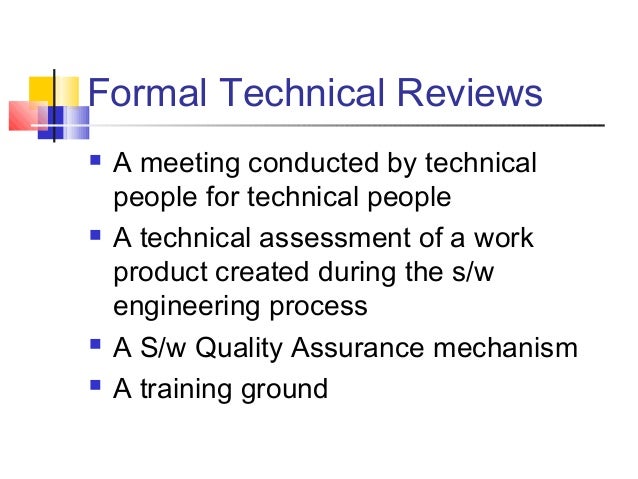Change Sizing Software Engineering
In my current job it feels like we have a lot requirement changes. We are an 'Agile' shop, so I get that we are supposed to adjust and what not, but sometime the change is large and nothing trivial.My question is, how do you effectively communicate the cost of the change? Because of being agile, if a change is big enough something will get dropped from the current sprint, but it usually just get added next time around.
Since our model is SaaS, the end customer is effectively the business itself, and they know they will get the cut feature n weeks later.I guess what I am trying to get at is the removal of a feature really isn't anything to use for communication as it was only delayed by n weeks. What other ways do you have to get the business to understand what a change costs?
Part 1 of this series on rupture disks for Process Engineers covered why you use a rupture disk and when you might want to use this device. This part will discuss how to size the rupture disk. Subsequent parts will include how to set the burst pressure, the Relief Valve/Rupture Disk combination, how to specify the device and some discussion on the type of rupture disks you can purchase. NEED OF SOFTWARE ENGINEERING The need of software engineering arises because of higher rate of change in user requirements and environment on which the software is working. Large software - It is easier to build a wall than to a house or building, likewise, as the size of software become large engineering has to step to give it a scientific process.
All Downloads are quick & for free! Download map fight of characters 8.1 ai.

@Joe 'We are an 'Agile' shop, so I get that we are supposed to adjust and what not, but sometime the change is large and nothing trivial. 'If your process doesn't allow you to control the rate of change in requirements, your process is not agile, but haphazard. Agile does not mean 'taking anything that comes my way.'
To control requirement change/creep you can adopt - in your process - the notion that a requirement does not change (a notion that it's at the heart of Scrum.) Treat a requirement change as replacing an old requirement with a new one. You have to have a backlog of requirements, and you have to have the user choose which ones he/she wants to have implemented.You wanted X and Y in two weeks, but all of the sudden you want Z. Well, then I can deliver you all three in 4 weeks.
Or I can give a pair (X and Z) or (X and Y) or (Y and Z) in two weeks and deliver the remaining one later. Choose.This is how you negotiate with customers. This is how you communicate the cost of requirement change. If your group does not have that power, you are not in an agile shop, and there is nothing that you can do about it. It sucks, but it's true.In case where you can negotiate, you have to track (with precision) the time it takes to implement requirements and requirement changes. That is, you have to collect this data from past and present projects.You collect the original time estimate and the actual completion time (in addition to resources like developer count) per request (or module affected by N requests).
Best Engineering Change Management Soft…
Better yet, estimate the size of the request/request change (in terms of lines of code or function points in past projects and requests.)Say you have a metric that you can talk to the user with. You know that a new request will take, say, 1K lines of code, or 10 web pages with an average of 5 input fields each (50 function points).Then by looking at historical data specific to your past projects (some by lines of codes, some by web pages, some by actual function points), and you can estimate how each of these cost in terms of absolute completion time. You could try setting a minimum age of a new addition / change (not applicable to bug fixes). For example no new changes can be worked on until it is 3 weeks old.Having a minimum age of a task is nice because at the start, every task looks like it's extremely important, but if you wait some time then it's importance will often drop significantly. Depending on your time interval it will give you at least that amount of time of stability in the tasks you're working on.To track the age you would allow the tasks to be added to some list, but they wouldn't be considered as tasks to work on until that period has expired.